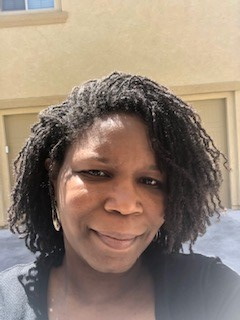Communication: Do you hear what I hear?
Teaching is like being the star of a theater production and your opening lines can either grip or lose the audience as you verbally and non-verbally set the classroom stage of engagement. Are you invested, making eye contact and paying attention to the signals coming your way or are you distracted and unaware of the signals that can quickly lead to behavioral outbursts or distracted behavior? Our classrooms are environments that we create but our moods are the daily weather. We are constantly making a choice of whether we communicate positively or negatively with results that greatly affect not only ourselves but the students in front of us.
Have you ever been in a conversation with someone and while they were talking to you, you were already formulating the response you would give? Think about it, were you truly listening?
Imagine the following two scenarios.
Scenario one, students file into the room while you are at your desk, finishing final lesson preparation and completely engaged in your technology. Students come up to talk to you but you only have a couple of minutes before the bell rings and you are not quite ready so you either brush them off or half heartedly listen to what they are saying while focusing on finishing your work.
Scenario two, you stand at the door greeting each student as they come in, letting them know how valuable they are to you and how excited you are that they are here to spend this time with you. You smile and make eye contact while paying attention to their moods.
As a student, which scenario would make you feel heard, valued, respected? As a human being, which scenario would make you feel heard, valued and respected? No one wakes up in the morning and gleefully opens their eyes thinking about how they are going to purposely not pay attention to those around them; yet, that is exactly what we do when we get caught up in thinking about the multiple tasks before and move away from the present moment.
Creating opportunities for your students to express their thoughts, feelings, and experiences is one way of activating this protective factor of communication. Whether through verbal or non-verbal expression, letting students communicate and be heard is a profound gift.
Mindful communication means being an active vs a passive listener, losing the judgements and expectations of how we think conversations should go, incorporating the awareness of our differences while taking the time to find our commonalities. As an educator, you model communication every day and doing this mindfully is one of the greatest gifts you can give both yourself and your students. Modeling and creating opportunities for verbal and non-verbal communication is one way we create pathways toward resilience!
Take Action
Watch the following two videos, one on miscommunication and one on commonalities. Think about the ways you can bring more mindful communication into both your life and classroom.
